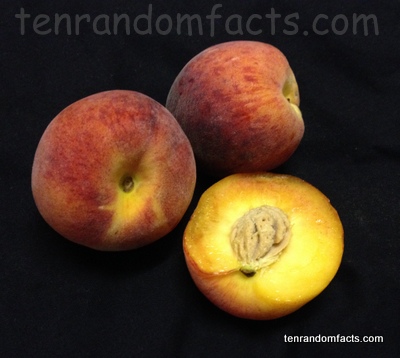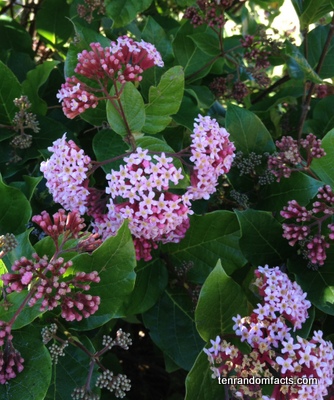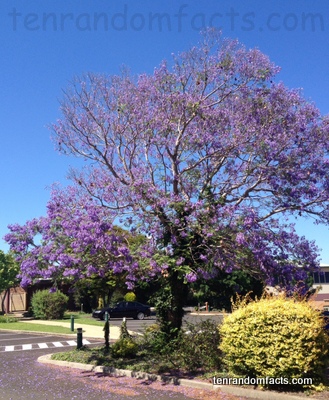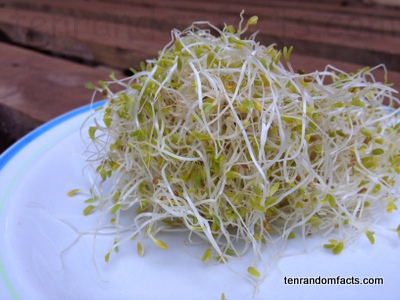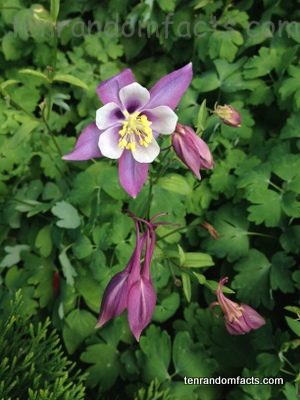
Pretty bird-like aquilegias bob all day in the wind.
- Aquilegias are perennial, ornamental flowering plants that include 60 to 70 species and belong to the Aquilegia genus.
- ‘Aquilegia’ flowers and plants are also known as ‘granny’s bonnets’ and ‘columbines’, and are from the family Ranunculaceae, which is the family of buttercups.
- Aquilegias are native to meadows and woodlands in cooler areas north of the equator.
- The common name ‘columbine’ comes from the Latin word for ‘dove’, while the genus name, ‘aquilegia’, comes from the word ‘aquila’, which is Latin for ‘eagle’, and both are a reference to the unusual shape of the flower.
- Aquilegias grow to be 38 to 51 centimetres (15 to 20 inches) in height, and are usually grown from seed.
- The indigenous Americans used small portions of some species of aquilegia flowers, as sweet additions to some meals, and sometimes used the roots medicinally.
- Aquilegia plants have long-spurred flower petals that often resemble birds and are full of sweet nectar.
- Aquilegias are highly toxic if the roots or seeds are consumed, and can cause fatalities.
- Aquilegia flowers are typically red, purple, blue, white or yellow in colour, and depending on the species bloom in spring and/or summer.
- Aquilegia plants are generally hardy, preferring partly shady conditions, and they have bluish green, maidenhair fern-like foliage.
Bibliography:
Aquilegia, 2013, Wikipedia, http://en.wikipedia.org/wiki/Aquilegia
Plant Profile: Aquilegia, 2013, Gardening Australia, http://www.abc.net.au/gardening/stories/s1866504.htm






